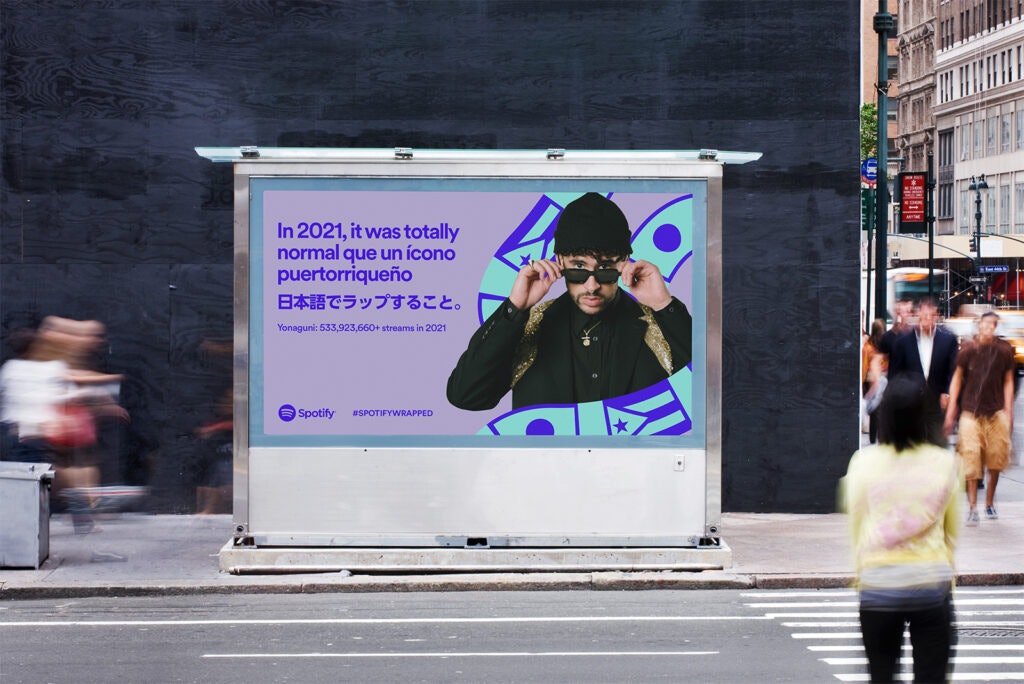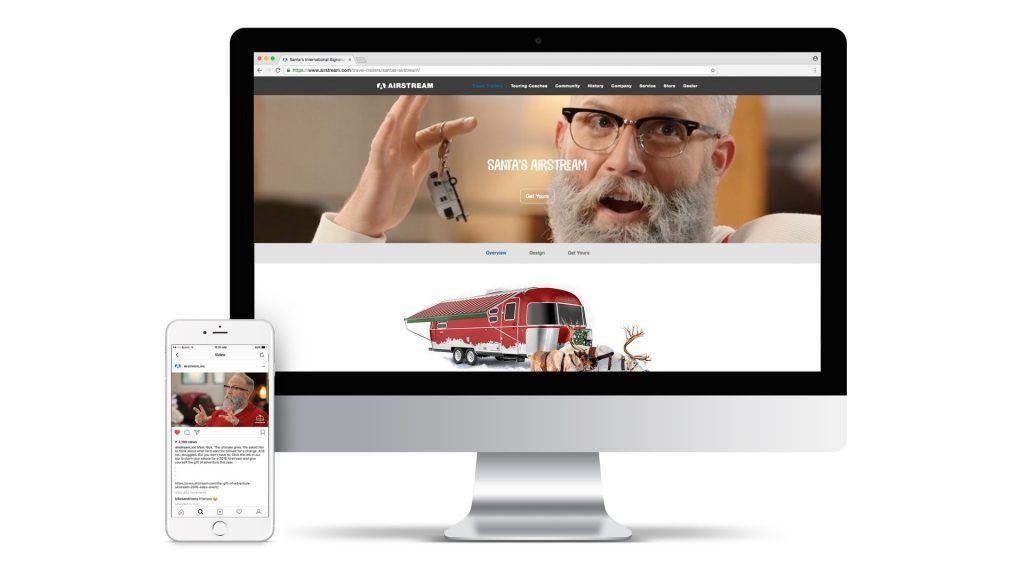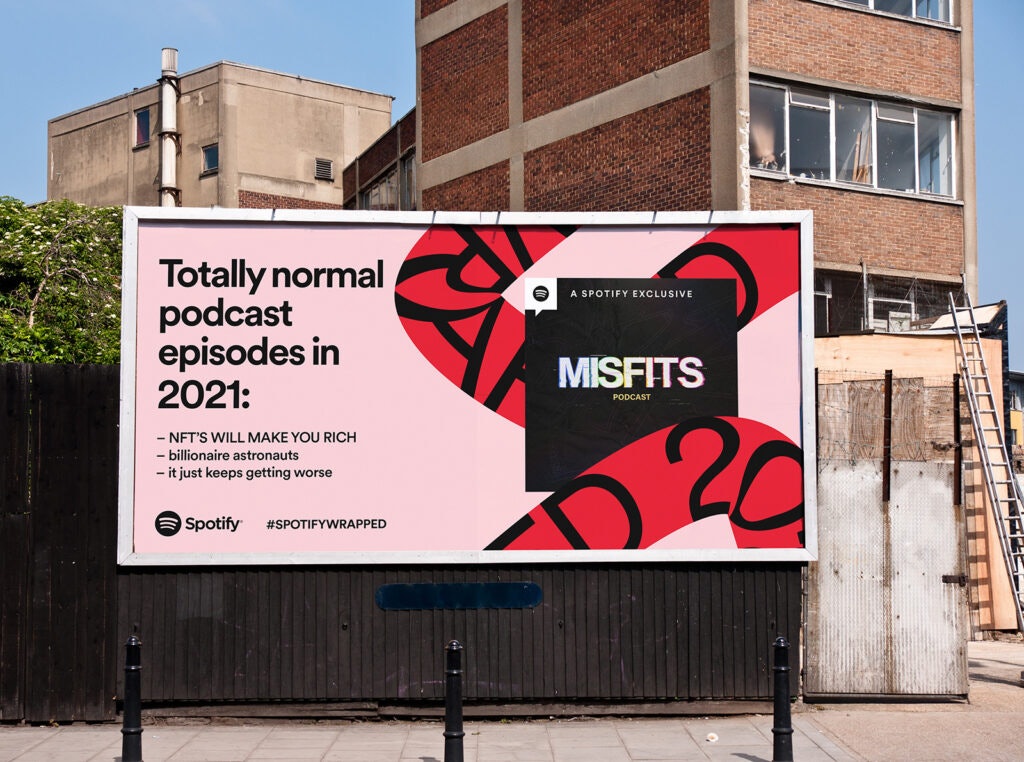I’m a born and bred creative. I grew up drawing, singing, writing songs, making up stories, and playing music at our family reunion talent show. I came up in the advertising world as a writer, and have collaborated with art directors, videographers, other writers, musicians, and illustrators.
When I came to Element Three, I was most excited about working with not just fellow artists, but also a team of digital and paid marketing specialists who dive into the details of where the right audiences are, what their interests are, how those interests overlap, what behaviors we should be tracking, and what messages are most effective.
I quickly realized how much we both—digitals and creatives—need each other. And how every campaign needs us both.
Social platforms are publishers. It’s about the content.
Facebook, Instagram, Twitter, and even Snapchat have all become less about your narrow group of friends and more about a wider bevy of interests, people, and brands. Effectively, they’re all publishers of content first and foremost. That alone tells you how important the content itself is.
It’s why social platforms are such an important tool for today’s marketer. Between digital and paid marketing specialists, you can hone in on the right audience, the right timing, the right type of ad (image, video, carousel, slideshow, collection, stories), and the right objectives and goals.
It’s amazing how refined your choices can be, and that’s the right foundation. But it’s only the foundation. Simply choosing the right levers to pull won’t get the job done. On top of that, you have to build content that’s worth a user’s time.
We can’t ignore the fact that users can ignore us.
We all know that today’s media landscape is a bit cluttered, particularly in terms of marketing messaging. We’re all exposed to somewhere between 4,000 and 10,000 ads every single day, according to digital experts. Flat out: our brains can’t process that much information, give it our attention, and then get anything else done in our day. So we’ve all gotten pretty savvy at ignoring most of the advertising we see. I don’t blame us. I help create some of those ads and I do it, too.
Marketers shouldn’t be discouraged by those kinds of figures, though. In fact, they’re really a good sign that the audiences we’re trying to sell to are discerning, that they’re looking for ways to sift through the noise to get to the real. It’s just a challenge for us all to do better.
We’re all battling for attention, but once you have my attention, creative is the variable. If your video sucks, you will lose.
Gary Vaynerchuk
Every great creative I’ve ever met is deeply passionate about contributing only good advertising—never badvertising—to the world. We want to make things that resonate with people and make their lives better, rather than just adding to the clutter.
When we pour that passion (backed by solid digital strategy) into the creative we make, we see users respond in droves.
One great example of this is our work on Airstream’s Gift of Adventure campaign a few years ago. It’s clear from looking at the final product that we took a bold creative direction, and the results certainly don’t lie. It’s a real indication that when we say the right things to the right people, we can really make things happen.
We should always set the medium and the message up on a date.
We’ve all heard the phrase “the medium is the message,” and its contradiction “content is king.” But I tend to think of the medium and the message as two people I’d set up on a date with each other in hopes that they fall madly in love and have a destination wedding I can drink at. Or maybe they just cohabitate for years and years. Whatever feels right for them.
Point is, the user doesn’t see them as separate, mutually exclusive entities, and so they aren’t, no matter how much we try to separate them. And great ads are those that are built not just for the medium they’re presented in, but also for the state of mind the user is in when they’re viewing that particular medium.
Appealing to a state of mind is what being a professional creative is all about. Truly inspired concepts come from empathizing with the audience, from digging into the why behind a brand, from finding a key truth that people can really relate to, and from communicating that truth in the right way. I look at my own work through the lens of the same three criteria every time:
Does it move you?
Does it inspire an emotional reaction that you’ll remember? Does it connect with you on a deeper level? Does it make you laugh? Cry?
Does it teach you?
Does it open your eyes to something new? Does it show you a new perspective? Does it teach you how to feel more comfortable in your own perspective?
Does it remind you?
Does it start or continue your journey? Does it remind you to research whether something is right for you? Does it get you a step closer to deciding whether it’s right?
Simple interactions should matter.
I’m not saying you can’t have short, sweet, simple creative. I am saying that everything has to be considered from a creative perspective. Explaining a product feature doesn’t always demand an expensive TV spot, but telling the story creatively still matters.
Take this Tesla video that shows how the car’s Dog Mode works.
Tesla could just show you a photo and explain how the feature works. But instead, they let you envision yourself in your everyday life with your pets. And that’s way more impactful and memorable. This ad would draw me in enough to go see more features, and possibly begin my own Tesla buyer journey. Just kidding, I have bills to pay.
Open your mind to how digital and non-digital media can work together.
The ad concepting process used to start with big ideas for traditional spaces, and then you’d work those ideas into the digital space as best you could. These days, as we all spend more and more of our time on computers and phones, it’s the opposite. But I think there are still some nice opportunities for the two to go hand in hand together.
Take this 2021 Spotify billboard campaign.


These are billboards (that could easily appear as digital assets as well) that represent an online experience (streaming music) in an offline setting. But they inspire you to open Spotify, so they take the experience right back online. Plus, the creative just “gets” you, even if you don’t overtly relate to the specific playlist. They’re tapping into a key truth: all of us make weird playlists of the music we love. And Spotify lets you do your own thing. It’s a beautiful synergy between digital and traditional media that fits their brand perfectly.
Don’t start from zero every time.
At Element Three, we strategize a starting point for every campaign, and then optimize from there. It helps that we’re not too precious about our work and we’re always willing to change things when those changes will make a better experience for the user. Sometimes we learn that users are looking for video or longer content, which tells us they’re ready to dig in and learn a little more. So we deliver that. Other times we see that users are anxious to get right to product specs, so we cater our creative to get them there quickly. It’s different every time, but we also don’t have to start from zero every time. After tweaking throughout a campaign, I take everything I learned and let the next campaign start that much further ahead.
Ultimately, great strategy without great creative, or great creative without great strategy, will leave you in the same predicament. The strategy gets you on stage, but you still have to make the speech. So do all of your hard work justice and make sure you’re saying something worthwhile, catered to the people you’re talking to.







